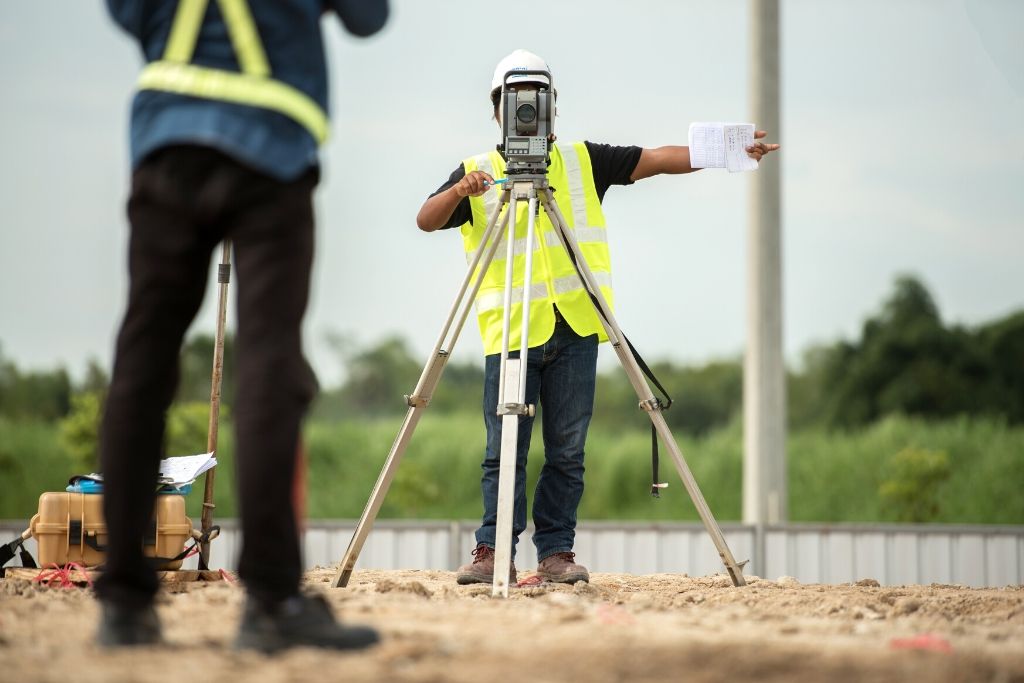The principles of land surveying date back almost as far as the idea of land ownership. Since ancient man determined that one piece of land would participate in one group, and another piece to some other group, there is a need to mediate between land disputes. That's where land surveying came in, although today surveys may also be used for many other purposes.
Since then, every major civilization in the annals of the planet has used some type of land surveying, although they have certainly become more sophisticated through the years both with changing laws and improved technologies. Today, GPS and other technologies allow for a much more exact survey than was possible just a couple of short decades ago. As you can imagine, ancient maps and land surveys were even less accurate.
Among the first types of a land survey using mathematical means was in ancient Egypt. The Great Pyramid, built around 2700 BC at Giza, demonstrates Egyptians' knowledge of surveying techniques. Ancient Egyptians also redrew boundary lines using basic geometry after the Nile River flooded the plains. An Egyptian land register existed as soon as 3000 BC, or five thousand years back, to record the owners of various bits of land and their locations. These early surveying efforts by the Egyptians were years ahead of other civilizations, as was true in lots of the areas of Egyptian technology as well. These surveys were predicated on geometry in addition to simple declarations that they believed these boundaries to be correct.
In the Roman Empire., the Romans actually established 'land surveyor' as an official position. They were called agrimensores. Texts describing their actions date back again to the first century AD. Thorough and precise, they were known for creating impeccably straight lines and right angles using simple tools. After measuring these lines, they might dig a shallow ditch to represent the lines. Amazingly, some of these ditches still exist for this day.
In eleventh century England, William the Conqueror wrote his now-famous Domesday Book. This book, covering most of England, meticulously covered the names of most land owners, the product quality and quantity of this land, and info on individuals and resources in each area. Although the amount of information contained in this book was quite impressive, this is not just a technical survey, and the maps weren't drawn to scale and weren't very accurate.
Napoleon Bonaparte was the first to mandate a cadastre, in 1808. Sometimes, Napoleon even thought that the cadastre will be his greatest contribution to civil law. The cadastre is really a thorough register of the house in a given county. The information it includes includes ownership details, location (as precisely measured as possible given then-current technology), so when much information about the value and usage of the land as was available. This cadastre included scale maps at both 1:2500 and 1:1250. Cadastre use spread quickly, and indeed it was the foundation of today's cadastral surveys. However, it was difficult to make a cadastre in rural areas or those where land was in dispute.

Today's surveys are a lot more accurate than those done in decades or centuries past because of sophisticated means for measuring and recording boundaries and land features. There are plenty of https://landsurveyorgreatermanchester.co.uk/best-measured-building-survey-greater-manchester/ of land surveys than recording land ownership
